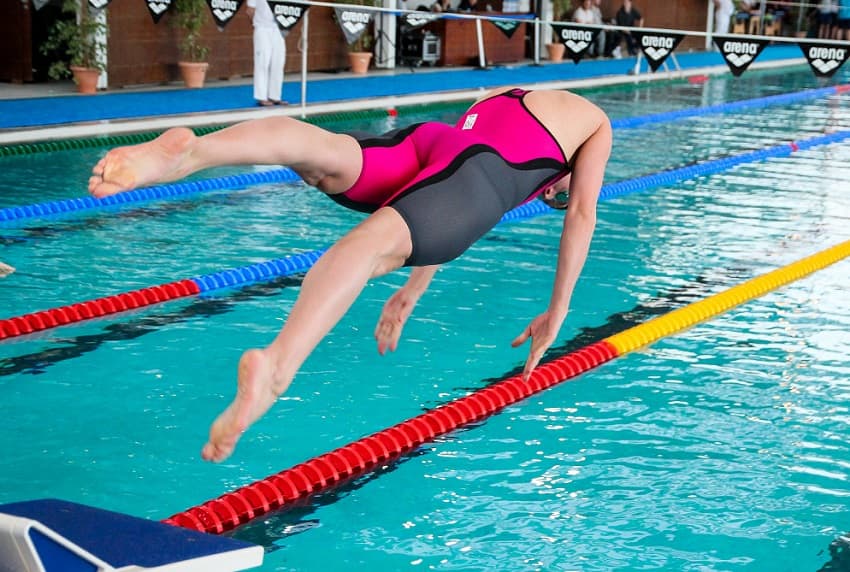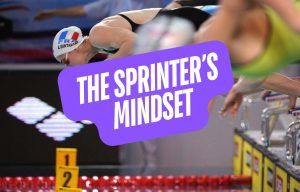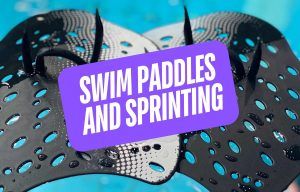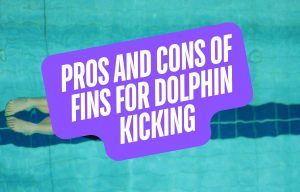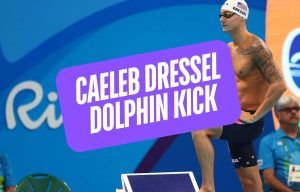Swimmers are always looking for ways to get more speed and power from themselves. Here’s what ya need to know about post-activation potentiation for competitive swimmers.
Eliciting a faster swim start and sprint performance is the dream of every chlorinated fast-twitch swimmer in the pool. Although sprinting looks easy, those who master it understand that it comes slowly, deliberately, and is fragile.
One of the sneaky ways to unlock some of that much-vaunted speed during your swim workouts and at race time is something called post-activation potentiation (PAP).
What is Post-Activation Potentiation?
Post-activation potentiation is a strategy to create a short term burst in performance by using a conditioning exercise.
The effect comes from the muscles being primed or activated, so that when it comes to performing your muscles are ready to rock and roll.
Here’s how it works:
STEP 1
Perform conditioning exercise (i.e. back squats, jump squats), preferably a heavy load movement at 80% or more of your 1RM.
STEP 2
Rest between 3-12 minutes
STEP 3
Fly off the blocks as if your suit is on fire.
Post-Activation Potentiation for Swimmers
Three studies recently took a look at PAP and its effects on sprint performance with respect to swimmers.
- The first [1] took a group of 30 college students, split down the middle with men and women. The swimmers performed a template warm-up, followed by a 6-minute break before stepping up and blasting out a 100m sprint. The PAP trial involved the same warm-up, but the after the warm-up the swimmers did 4 rounds of :10 seconds resistance work on a power tower (on 1 minute intervals). The swimmers then took the prescribed 6-minute rest period before doing the time trial. The result? The PAP trials resulted in 100m sprint times that were over half a second faster (0.54 if you wanna get all math-y about it). There was no difference between the men and women, meaning that the PAP effect worked equally well for both.
- The second study [2] featured a group of 9 international-level sprinters. The swimmers performed a set of 3 countermovement jumps on a portable jump platform, and then sprinted from the blocks to 15m. Rest periods between the jumps and the sprints varied from 15 seconds, 4, 8, 12 and 16 minutes. Power off the blocks and vertical jump height increased significantly with the PAP stimulus. Performance peaked with adequate rest (8 minutes) between PAP and the sprint.
- Just cause science can be the best, a third study [3] took a group of 18 nationally ranked swimmers and had them perform four different warm-up protocols: a regular swim warm up, an upper body PAP routine, a lower body PAP routine, and a full body PAP routine. All three PAP protocols were done after 15-minutes of swimming. Swimmers were rested for 4, 8 and 12 minutes, and then did a 50m time trial. The males performed better with the PAP routines, but generally the regular swim warm-up outperformed the PAP protocols.
How to Use Post-Activation Potentiation
One of the ways to make use of this information is during your swim meet warm-ups, particularly when pool space is at a premium (like it almost always is).
The key to making PAP work is allowing a suitable amount of rest between the stimulus and your sprinting effort. Too little time and you don’t give yourself the necessary rest. Take too long and the effect dissipates.
Additionally, the effect of PAP tends to vary from athlete to athlete (just like any training stimulus), and as a result should be individualized and tailored to the swimmer.
See Also…
5 Dryland Exercises for Faster Underwater Dolphin Kicking. Here are some weight room exercises to help you drive more power through your core and hips and help you develop a monster underwater fly kick.
Why Swimmers Should Be Doing Dumbbell Bench Press. One of the most effective exercises for freestylers and backstrokers is the DB press and all it’s variations, particularly the single arm movement.

